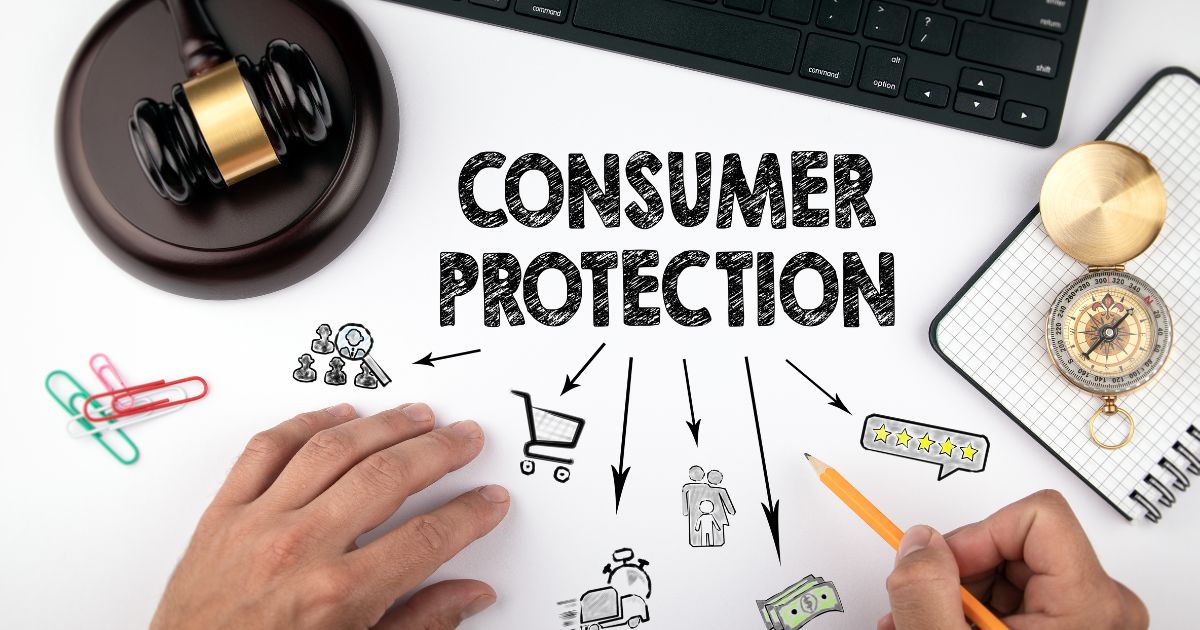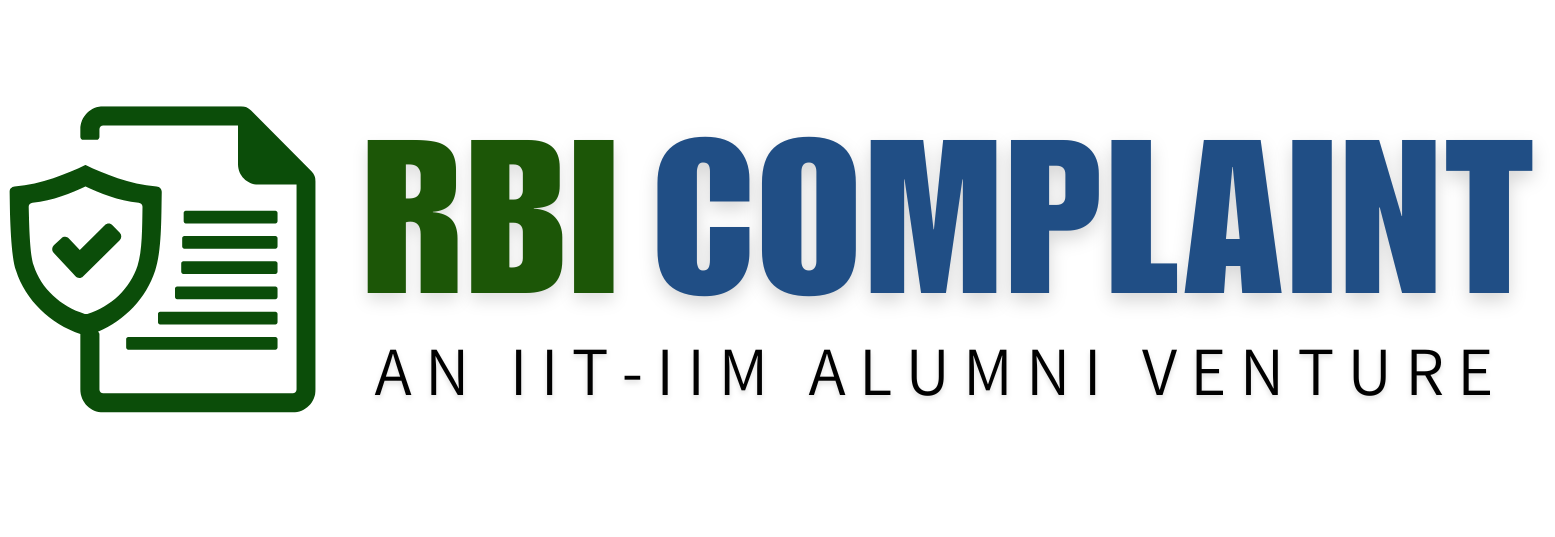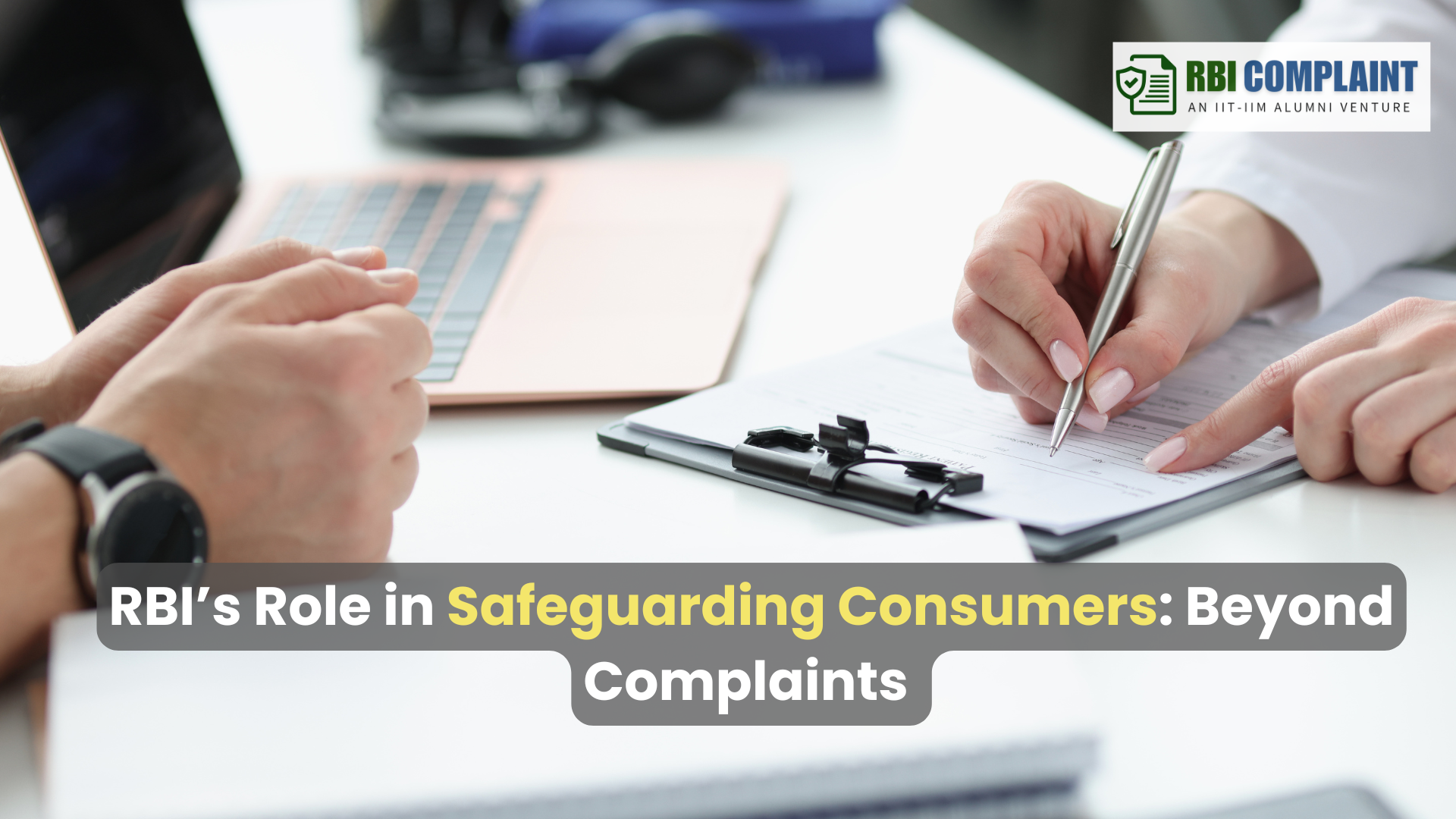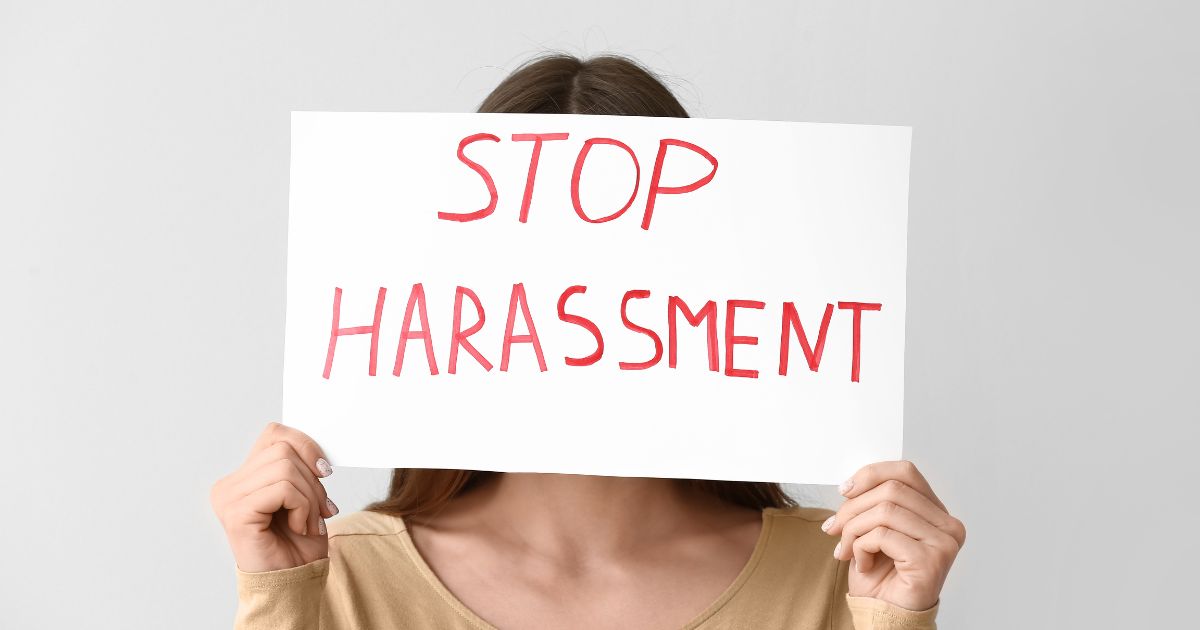· RBI's Consumer Protection · 2 min read
Understanding the RBI's Consumer Education and Protection Department
Explore the role of the RBI's Consumer Education and Protection Department in safeguarding banking consumers, promoting awareness, and resolving grievances efficiently.

As legal professionals, we often encounter clients frustrated by unresolved disputes with their banks or financial service providers. In many such cases, a key regulatory body steps in to protect consumer rights the Consumer Education and Protection Department (CEPD) of the Reserve Bank of India (RBI). This article aims to simplify the role of the CEPD and guide consumers on how it can help resolve grievances related to banking and financial services.
What is the CEPD?
The Consumer Education and Protection Department (CEPD) was established by the RBI with the primary objective of ensuring fair treatment of consumers in the banking system. It formulates policies on consumer protection, educates users about their rights, and oversees grievance redressal mechanisms like the RBI Ombudsman.
Through the CEPD, the RBI ensures that banks and NBFCs operate transparently and fairly, holding them accountable when customers are wronged due to unauthorized charges, fraudulent transactions, or poor service delivery.
Common Complaints Handled
CEPD deals with various issues, including:
Unfair banking practices
Deficiencies in customer service
Delays or refusal in processing credit card issues
Failure to reverse or compensate for fraudulent transactions
Poor grievance handling at the bank level
For instance, if you’re facing unresolved issues, you can explore the Banking Service Complaint or Customer Service Complaint sections of our platform to understand your options.
How to File a Complaint
Before approaching the RBI, you must first raise the complaint directly with your bank. If the bank fails to resolve it within 30 days, you can escalate it through the RBI Integrated Ombudsman Scheme under CEPD’s framework.
We’ve simplified this process in our step-by-step guide on How to File an RBI Complaint.
Track the Status of Your Complaint
Once you file, it’s equally important to stay updated. You can use our RBI Complaint Tracking tool to monitor the progress of your grievance.
Final Words
The Consumer Education and Protection Department is a powerful tool in ensuring your voice is heard and your rights are protected. If you’ve encountered unresolved issues with your bank, don’t hesitate to seek support through our RBI Complaint Service Website. Legal and procedural clarity can be the first step toward justice.



